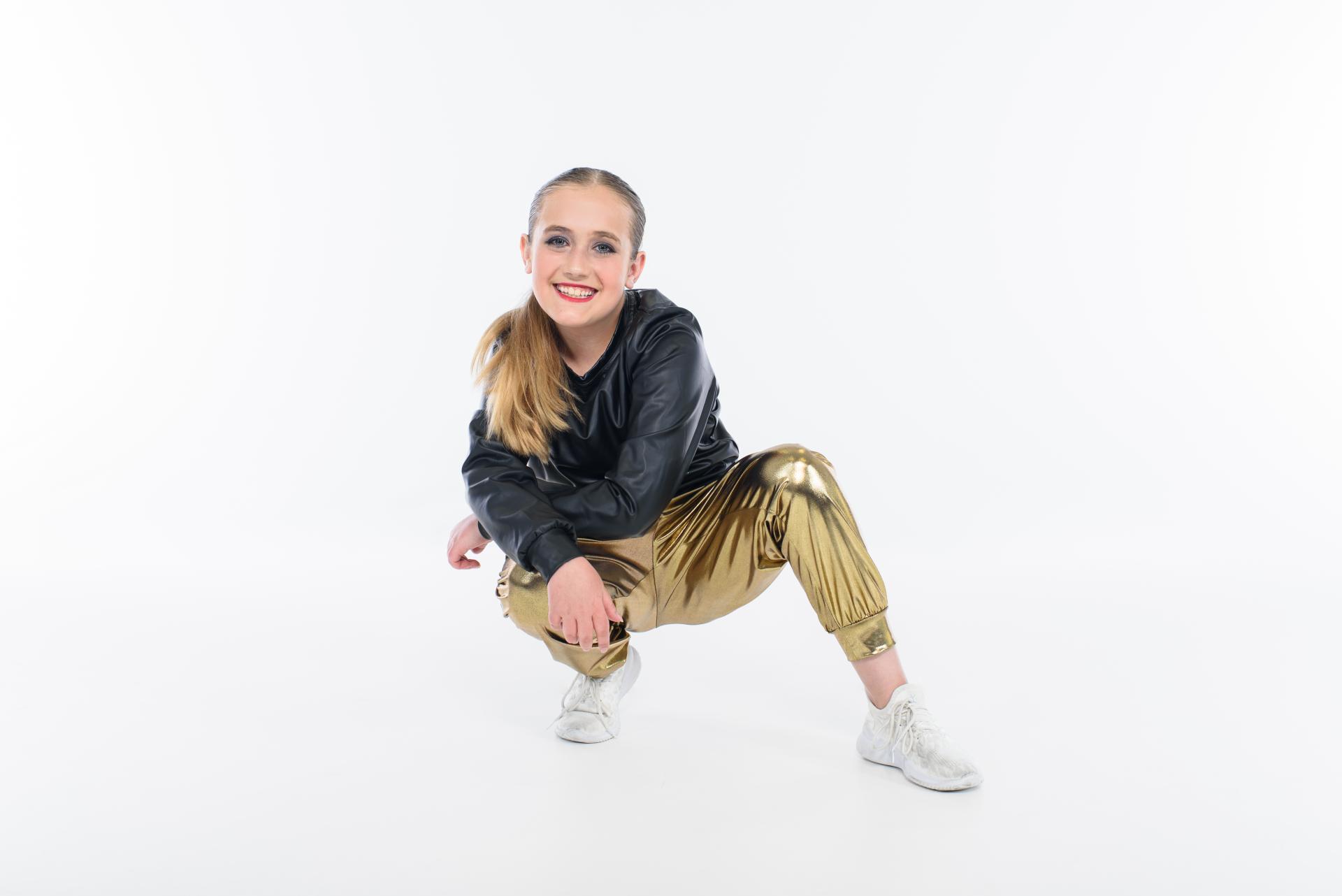Now that it’s November, we are all firmly rooted in our schedules and starting to see the results of all our hard work coming together. Sometimes, once we get into these grooves, it’s easy to rush from point A to point B and mindlessly go through the routine. It is in these moments, however, that we need to allow the calmness of routine to allow us the gift of noticing.
Awareness and intentionality are key factors in our growth both in and out of the studio. So, this November, slow down enough to notice the people around you, your energy, your emotions, your space, and your movements.
At any given point, we are all carrying our own burdens, but everything feels lighter when we take the time to connect with other people. Reach out and take the time to say hello to others in the studio. Take the time to notice and comment about something kind or beautiful. See if someone inspires you in class and ask yourself what inspires you about them. Notice the change in the energy from other people when it’s busy or when it’s quiet, when it’s snowing or when it’s sunny. Watching and connecting with other people can also help you check in with yourself and how you feel in any of these scenarios.
Being aware of our emotions in different contexts is fundamental. Yes, we all have emotions. No, they don’t always feel comfortable or convenient. But they aren’t good or bad—they are a natural way for us to learn about ourselves, our environments, and our values. As dancers, parents, and educators, taking stock of our emotions can tell us a lot about what is working and what isn’t, and they can also be a great indicator of our performance on any given day.
Even though it may be surprising that our emotions can affect our dancing, reflection can show us how monumental their effect can be. Think about a time when you were feeling nervous—what did that feel like inside your body? Nervousness can often result in a tightness, jumpiness, or shakiness, and it’s easy to see how that could change the way our bodies respond to a turn or a stretch and our ability to focus. Allowing ourselves to notice, feel, and address our emotions can help us pass through them as well as learn how to counteract the physical effects that the emotion might have during our classes. For example, if we are nervous, we might take time to focus on our breathing, practice bi-lateral movements, or take a drink of water. Noticing what might trigger certain emotions on a “normal” day can also allow us the space to respond more effectively on the days that naturally come with heightened emotions, like recitals or competitions.
Sometimes it can be difficult to separate what something feels like on the inside versus what it looks like on the outside, which is why, in each studio, there are floor-to-ceiling mirrors. With these mirrors, we can notice our space. Using the mirrors, we take stock of how close we feel to our classmates versus what space we actually have, and we can adjust our spaces without constantly swivelling our heads back and forth. Our body awareness also skyrockets when we use the mirrors to notice what a step looks like versus what it feels like. Our energy shows itself through our movements, and our moods can affect our strength, flexibility, and perception of our abilities, so take advantage of the mirrors to track the differences.
It’s important to take stock of how your body feels each day—when you wake up, before class, during class, and after class—to be aware of how it reacts to various weather, classes, and emotions. Are you feeling stiff or relaxed when you wake up in the morning, and does it change during the day? Do you feel sluggish before class but energized afterward? Do you feel more flexible when you’re happy and tighter when you’re grumpy? Which exercises make your body feel powerful, and which exercises make your legs shake? Each of these feelings that your body goes through is a signal to you about where your strengths, weaknesses, and limits are in your physical performance. Knowing these parameters helps you know where to focus, where to back off, and how to optimize each class.
Noticing these parameters helps you to recreate the environment where you feel powerful and flexible; to use the steps that make you powerful to boost your confidence on those days that need an extra boost; and to build strength through extra practice and dedication to the areas that feel weak.
When we slow down to notice the everyday environments and feelings, you promote consistency and growth and acceptance in your training, and that is where your progress can truly begin to skyrocket.

